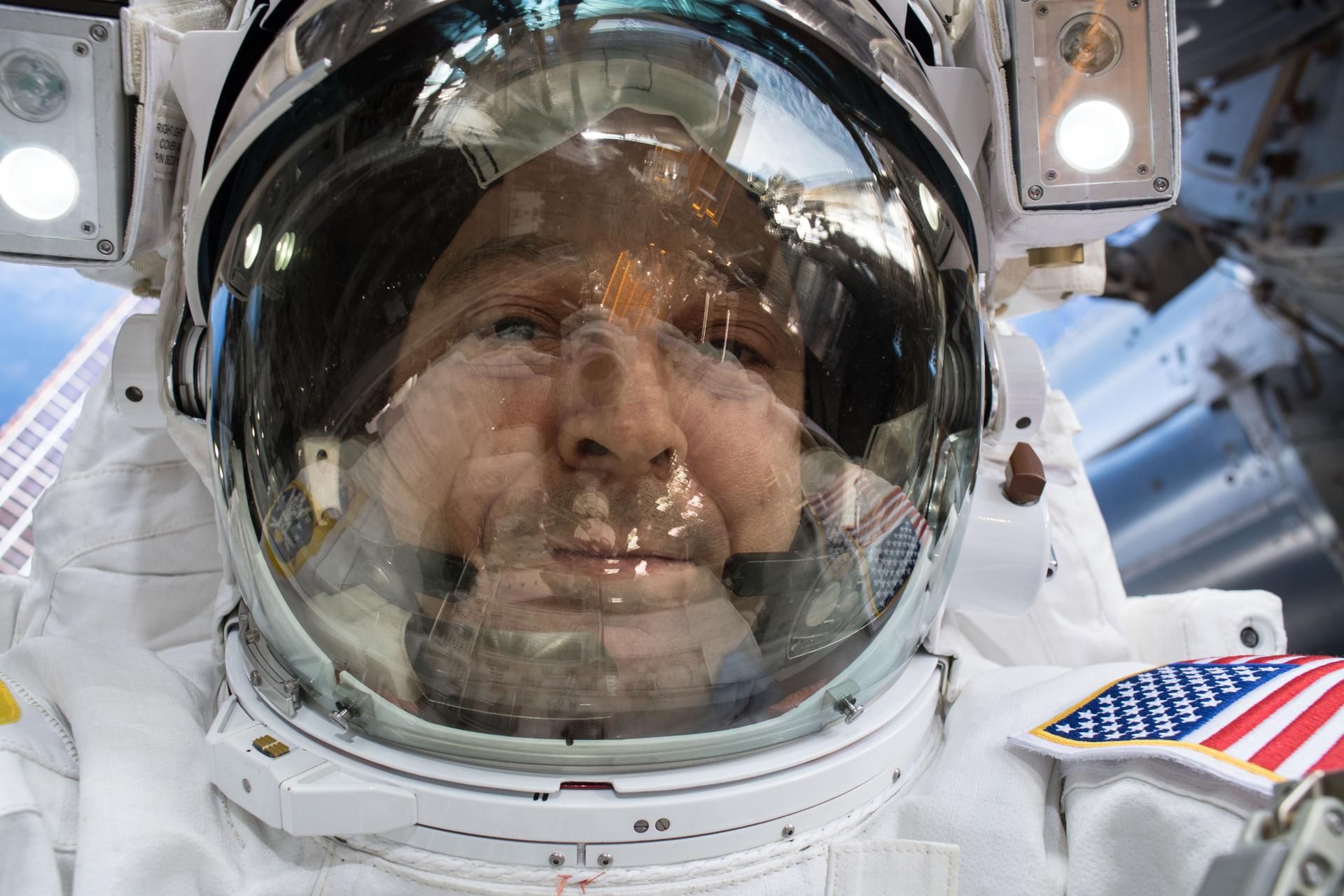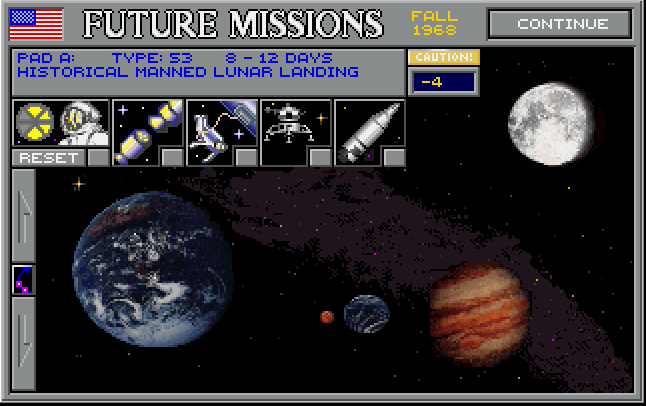

Some of these choices would take almost no work: allowing the player to name the programs, allowing him to name the space agency, etc. In addition to the implied linearness I described, there are also just a lot of aspects of the game that don't allow the player to choose. In fact, the only method that has gotten me a moon landing was giving up all of the milestones to focus on the direct ascent method using this, I got to the moon in the 60's, but I missed out on the significant fun of the game, which is recreating the excitment of Space Race milestones. This gets me pretty well-off by the mid-60's, and I still haven't ever gotten a moon landing before the end of the 60's using this method. For example, in my experience, a "successful" BARIS game uses most of the first three years making sure I get the orbital satellite milestone first and developing the Titan rocket to carry probes and Gemini. BARIS is great, but my main issue with it is that your options are pretty limited, ESPECIALLY if you want to finish the game in the 60's.

I lovelovelove any game where the whole course of the game can be different from beginning to end, like with Dwarf Fortress and Orbiter. The basic idea is an appeal to my love for procedurally generated games. When I set out with one of those, I think I intend to condense it later into something more formal, but I've never actually gotten around to doing that

When I write out my ideas, I end up with pages and pages of ideas that get completely contradicted later on when I have a different idea. What do you think?Įr, it's not really very usable as is. Neither USA or USSR walked through the space race with only three launch pads and six launches per year. That all is lacking in BARIS/RIS and it could be quite interesting to have all these other steps in for experienced players. And actually we had the "races" going on inside the USA and USSR too: The Navy and later the USAF did not want the Army-von Braun Team to launch their Explorer and the Juno II-Pioneers first, they wanted to have Vanguard and ABLE-1 first.Īlso, after Sputnik, the USSR concentrated on getting Vostok ready but also tried their first moonshots with Lunik and also made the Sputnik 7/ Venera 1 pair, as well as Marsnik 1 and 2. Of course you have your Ranger or Cosmos which you can send to Mercury, Venus, Mars, Jupiter and Saturn but as all the strategy guides say, it is not recommended because it takes away time and launch pads. I think that BARIS focuses too much on getting people to the moon.
#Buzz aldrins race into space software#
His extensive collection, which includes educational software of all subjects and for all ages, is an excellent example of the merging of work and play, and helps encourage us all to remember that "Play is our brain's favorite way of learning.IIRC, Fritz Bronner wanted to make a "JPL Game" as he called it, a board game about the unmanned exploration of the planets and next would have been "Liftoff Mars". Warren Buckleitner, editor of "Children's Technology Review" and a doctor of educational psychology, has donated a representative sample of this diverse and still-growing medium.

Learning has never been easier, nor so enjoyable. The entire Encyclopedia Britannica is now in digital format, allowing for easy searches. Video games such as Math Blasters allow children to explore fantastic worlds based on numbers and equations. High school students can electronically practice for the SATs, while aspiring lawyers can find sample LSAT questions. Software programs now teach children math, science, grammar, spelling, typing, and foreign languages. Counting games, alphabet blocks, and activity books have long been staples of "fun learning," and these have most recently been supplemented by educational technology. Parents, teachers, and other educators have continuously sought ways to instruct children in a fun and interactive way.


 0 kommentar(er)
0 kommentar(er)
